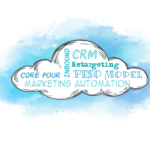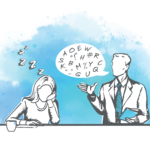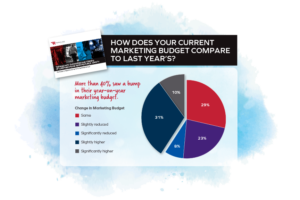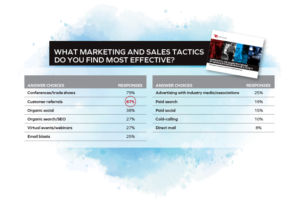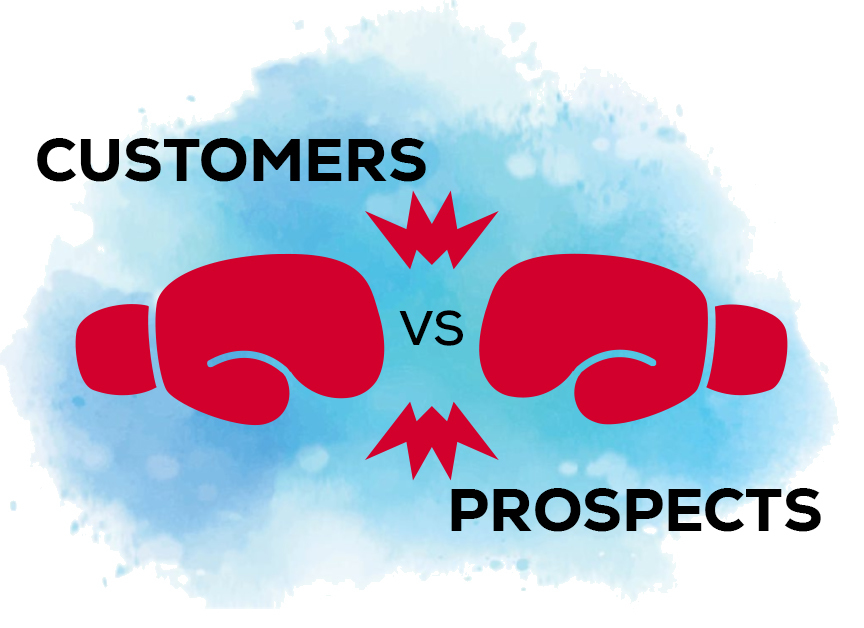
Most organizations spend the bulk of their marketing budget chasing new leads. We’ve seen it many times with our clients and other organizations in public safety: They focus so much on new business prospects that they stop putting in the time and energy on their current customers. It’s easy to see how it happens. Once you land a new client and get them situated, our sales mindset tells us to move on to the next prospect.
But here’s the irony: studies show that it costs five to seven times more to win a new customer than it does to keep one.
In public safety, trust is everything. Once you’ve earned it, you have an open door to deepen the relationship, expand your impact, and turn satisfied clients into your best advocates.
Some organizations treat their customers like gold. The result: their retention rates are near 100% and those customers are more apt to buy additional products and services. Sometimes these organizations have dedicated customer support teams; sometimes it’s more ad hoc.
If you want to keep those current customers engaged, retain them, and hopefully grow them, you need to be intentional. The customers who are happy, engaged and buying more from you also tend to recommend and refer you to their peers. In effect, they can be an incredible sales and marketing force for your organization. We talk constantly about how important those referrals are in public safety. It’s natural that fire chiefs, police chiefs and sheriffs, 911 directors and EMS leaders will trust and act on the advice of peers more than from the people trying to sell them.
We’ve been part of some great strategies and tactics that focus on keeping and growing existing customers. Let’s look at a few of those activities that we’ve seen perform well.
3 Techniques to Engage and Grow Current Customers
1. Webinars and virtual events
Virtual events and webinars are powerful and cost-effective ways to engage customers and educate them on new releases, applications and service lines. Those customers may be using one solution from your suite, and this is an opportunity for them to learn from peers about other offerings being used, which is a great upsell opportunity.
That said, there’s no need to hard-sell here. In fact, please don’t. Simply educate them and create the opportunity for them to learn from peers. As they learn, they will become better users of the solution they originally bought from you, and they’ll be more open to considering your other offerings.
Remember: Enlist your customers and industry thought leaders to do the speaking whenever possible. It works well to pair one of your organization’s solution experts with a customer. This allows your customers (and invited prospects) to hear from peers, but also to see your team members as experts who are educating rather than selling.
2. Email Newsletters/Social Groups
This works best when you’re facilitating peer to peer information sharing about your product or service. Share case studies and use cases about how your customers are finding value in your offerings. Hint: Create easy ways for your customers to share and invite their peers to join in. This could be a simple button on the newsletter or social group page.
Resist overtly selling your product or service. Instead, educate on the problem your prospects and customers face and how your solution addresses it. Better yet, it’s so often the case that your customers find new and different uses for your solution. Share those and show how engaged customers help themselves by using your product or service in novel ways.
Make your customers the heroes of these stories. Shine a light on how they improved service to their community and/or took care of their team through your offering. It’s their success you’re highlighting and suggesting to others that they can have similar wins.
3. User conferences
Organizations usually arrive at the stage to invest in a user conference when they achieve a critical mass of customers. There are organizations in public safety that attract thousands to their user events—think ESRI, L3 Harris, AWS, etc. So there’s often a perception that your organization is too small to consider an in-person gathering. Don’t believe it.
We at RedFlash Group often help small to mid-size companies produce successful in-person events. These can be co-located with larger national industry events or with regional conferences. Sometimes 2 hours or a half-day is enough to provide strong connection, education and networking with users. We also encourage having your current customers invite their neighboring agencies. This is especially true when your product or technology is used in mutual-aid incidents and multi-agency responses.
There’s more art and science to user events than we can cover here. Feel free to reach out if you have specific questions.
Balancing Act
Keeping your current customers happy is key to sustainable growth, yet it’s easy to overlook in the push for new business. Don’t forget about those relationships once the ink is dry. Nurture them, stay in touch, and continue delivering value.
Because customer retention isn’t maintenance—it’s growth strategy in disguise. The most successful organizations know their best marketing comes from the people who already said yes.
Curious how a retention-focused strategy could help your organization grow? Schedule a conversation with our team.
Related Posts
-
It’s easy in tough economies to want to bypass strategy and go straight to tactics.…
-
We’ve all been there. You work for months on a marketing campaign, only to deploy…
-
We’re hoping your holiday season is full of good food, good people and good cheer.…

